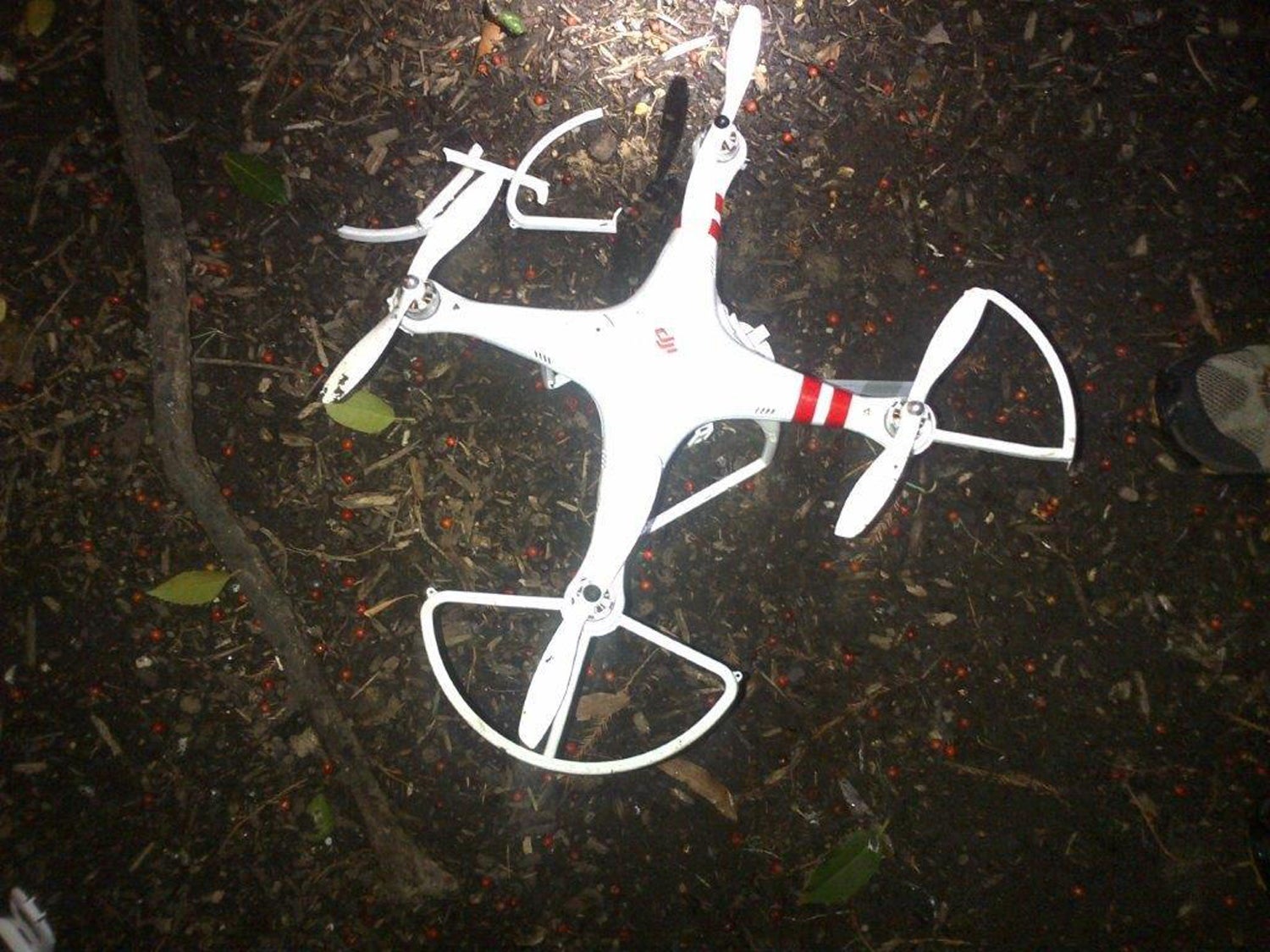The FAA’s new drone rules are four years late and still don’t make sense
The FAA is four years late with its homework. Its rules for the operation and certification of small drones were originally supposed to be published by March 10, 2011. As the FAA has missed deadline after deadline, the market for small drones has exploded. On February 15th, 2015, a few weeks after a drone crashed on the White House lawn, the FAA finally announced a set of proposed rules for drones that weigh under 55 pounds. The new rules call for a drone pilot’s license, which will require passing a written test, but don’t offer details on what that test will comprise of. They forbid flying at night, near airports, over 500 feet, over 100mph, or beyond the pilot’s line of sight, but don’t specify what the penalties for violating those rules will be.


The FAA is four years late with its homework. Its rules for the operation and certification of small drones were originally supposed to be published by March 10, 2011. As the FAA has missed deadline after deadline, the market for small drones has exploded. On February 15th, 2015, a few weeks after a drone crashed on the White House lawn, the FAA finally announced a set of proposed rules for drones that weigh under 55 pounds. The new rules call for a drone pilot’s license, which will require passing a written test, but don’t offer details on what that test will comprise of. They forbid flying at night, near airports, over 500 feet, over 100mph, or beyond the pilot’s line of sight, but don’t specify what the penalties for violating those rules will be.
As the delays have mounted, drone enthusiasts have grown increasingly frustrated with the FAA. The new rules apply to commercial drone operators roughly the same requirements that non-commercial operators have already been subject to, with the additional requirement that commercial operators get a license. This is common sense—the safety risks of small aircraft have little to do with whether the pilot is flying for fun or will sell the pictures the drone takes. It’s fair to require a somewhat more onerous license for commercial use (just as for driver’s licenses).
The FAA’s announcement also says that it may propose different, more liberal, rules for drones that weigh under 4.4 lbs. Logical, but one would think that they could have done that by now, too.
Though commercial drone pilots will have to be licensed, the drones themselves will not require an airworthiness certificate. This lifts a large bureaucratic burden from drone manufacturers.
In a press conference this morning, transportation secretary Anthony Foxx and FAA administrator Michael Huerta both refused to say when they thought the new proposed rule might actually be implemented–probably because it could take years. Foxx and Huerta also dodged questions about how the FAA would even be able to know if rules are being violated. Huerta said the FAA’s first focus is on ensuring people know what the rules are.
In the meanwhile, many commercial operators have been flying on the margins of the law. Since September 2014, the FAA has issued 24 exemptions to commercial operators, out of 342 requests it had received as of early February. The bulk of the exemptions it has granted are to filmmakers who will use drones on closed sets; also receiving passes are a real estate agent, a precision agriculture company, and a firm planning to inspect oil and gas flares. Operators of these drones need to have a private pilot’s license, which doesn’t make much sense, since flying a drone and flying an aircraft are fairly different tasks.
For the foreseeable future, current regulations remain in place. The FAA may have rushed to release the new rules today–a Sunday morning in the middle of a holiday weekend–because an internal FAA cost-benefit study of the new rules was accidentally, momentarily, posted online a few days ago.
That study considers only four potential markets for small drones: “aerial photography,” “precision agriculture,” “search and rescue/law enforcement,” and “bridge inspection.” There are, of course, many more applications for drones than those. A long section of the study focuses on how far applicants will have to drive to apply for their drone pilot license, weighing the number of “round trip miles” they must travel against the lives saved when bridges are inspected with a drone instead of by someone crawling out onto the bridge, who might fall and die. The cost-benefit study is, by law, required, but it is also a vivid example of bureaucratic hoops that do little to actually advance sensible regulations.
There are thorny questions to address in how to create enforceable rules that allow drone flights and protect safety and privacy. But the delays in the FAA’s process appear to have little to do with actually answering those questions, and more to do with hurdling the same old bureaucratic stumbling blocks.